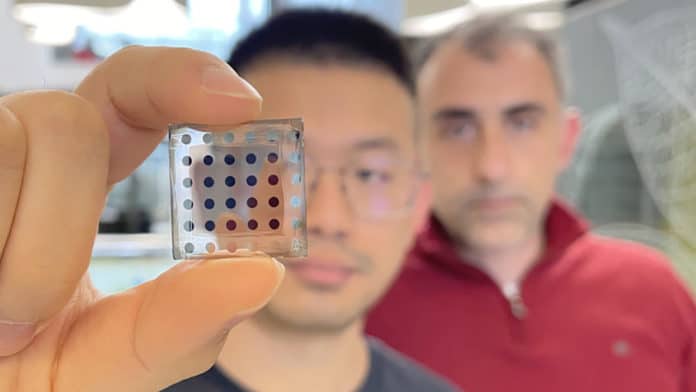



 February 16, 2022
InceptiveMind
February 16, 2022
InceptiveMind
| UK | renewables: solar

Bismuth-based nanocrystals engineered via cation disorder have been integrated into an "ultrathin" solar cell that increases the absorption coefficient up to 10 times across a wider spectral range. A joint research project at UCL, ICFO, and Imperial achieved a conversion efficiency of 9% for a device only 100 nm thick, much less than current "thin-film" cells.

